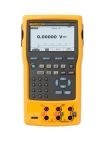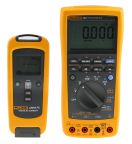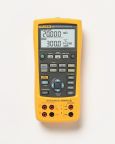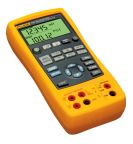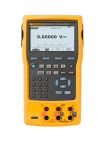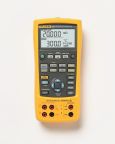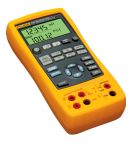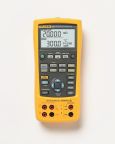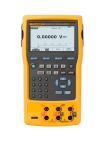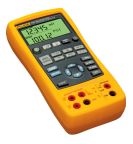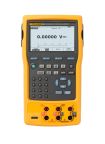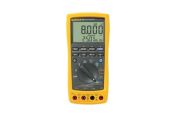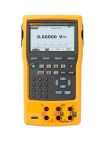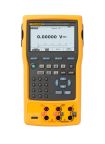Fluke Multifunction Calibrators
If you're looking for Multi-function calibrators then you have reached the right place. Multi-function calibrators provide precision and accuracy when simulating and measuring pressure, temperature, and electrical signals. Multi-function calibrators simulate multiple DC (direct current) signals such as voltage, current, frequency, pulse, resistance, and power.
Our comprehensive range has been selected for engineers to find the ideal solution
Uses of multi-function calibrators
Multifunction calibrators make it possible to measure and calibrate most sensors, transmitters, and instruments. Multi-function calibrators common test measurements:
- Voltage: Measure voltage in water, humidity, and aerospace
- Current: Measure direct current which is useful in industrial automation applications, for example.
- Frequency: Source the frequency in a variety of different equipment such as counters and flow meters.
- Resistance: They are commonly used in devices that work with temperature such as a Resistance Temperature Detector (RTD).
Why would you need a multi-function calibrator?
The main advantage of using a multi-function process calibrator is to read common process signals such as current, voltage, frequency, and resistance, whereas other calibrators measure just one of these elements.
Applications
Multi-function calibrators are found on calibration workstations in electrical and electronic testing environment.
What is a multifunction calibrator?
A multifunction calibrator is an instrument that features multiple functions within one device and can be used to perform specialized measurements. This type of equipment offers several different functions such as temperature calibration, pressure measurement, signal testing and voltage calibration. With a multifunction design, users have the ability to reduce time spent configuring components for each specific measurement.
How do you use a multifunction calibrator?
A multifunction calibrator is used to accurately measure various types of electrical and physical quantities such variables, including parameters like temperature, pressure, resistance and voltage. This type of device can be used for adjusting transmitters or process instruments that measure different elements.
To use a multifunction calibrator, it should first be properly configured with the right settings based on the test requirements. After this step is completed, the device must then be connected to the instrument which needs to be calibrated before being powered on.
Once all connections are made and power is supplied to the unit it will begin taking readings from each parameter while simultaneously adjusting its own settings accordingly. As these values are changed they can then be compared with established standards reports in order to confirm accuracy or discover any discrepancies.
20 Products showing for Fluke Multifunction Calibrators
Related links
- Multifunction Testers
- Fluke T5 Multifunction Tester, UKAS Calibration
- Fluke 726 Multi Function Calibrator 30V - UKAS Calibration
- Fluke T5 Multifunction Tester, RS Calibration
- Fluke 725 Multi Function Calibrator 30V, 130 x 236 x 61mm
- Megger MET1000 Multifunction Tester, UKAS Calibration
- Megger MET1000 Multifunction Tester, RS Calibration
- Fluke 726 Multi Function Calibrator 30V
